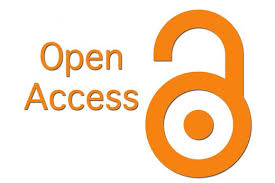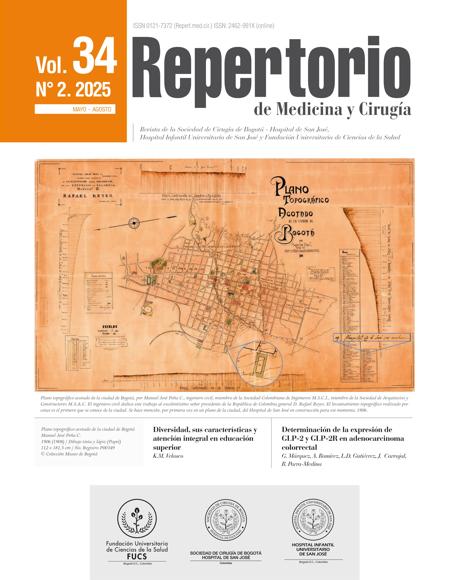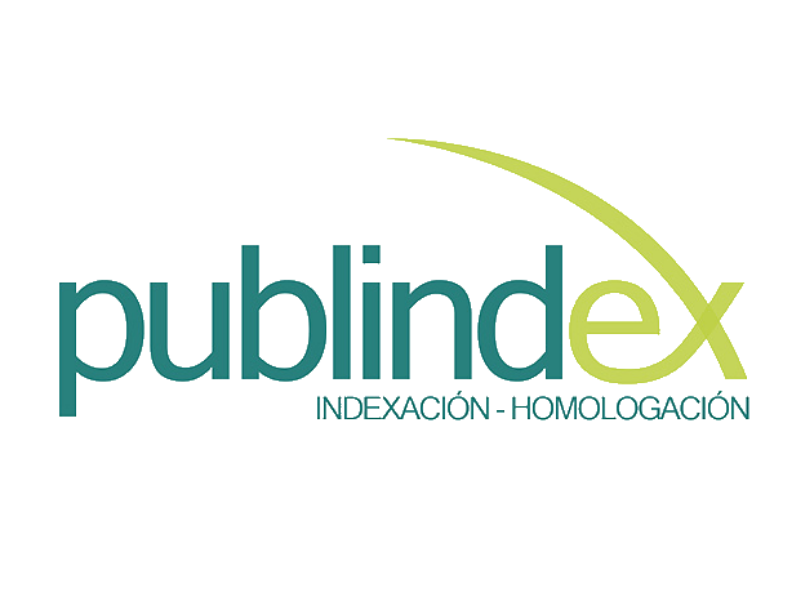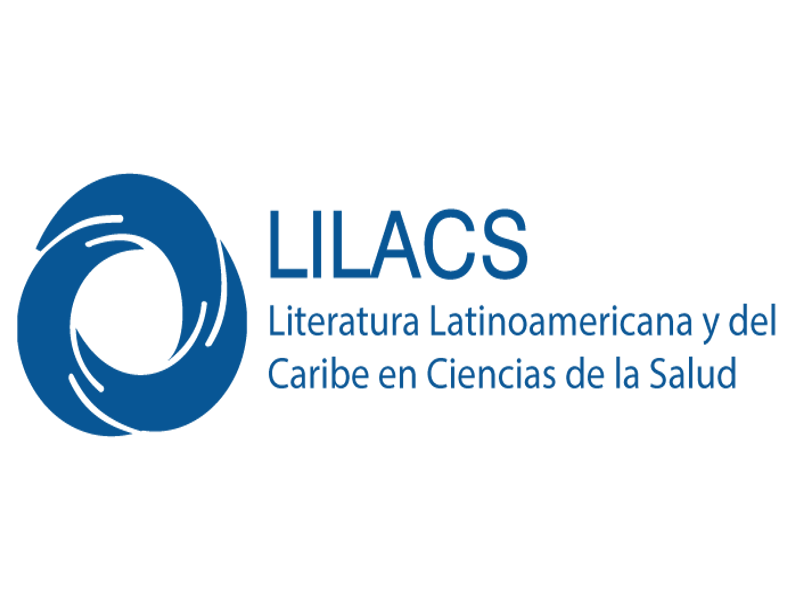Care of child sexual abuse in a high complexity hospital
Abuso sexual infantil: tratamiento en un centro hospitalario de alta complejidad
![]()
![]()

Show authors biography
Introduction: child sexual abuse (CSA) is the most common type of violence against the pediatric population in Colombia. Female gender, low socioeconomic status and single-parent families are frequently associated with CSA. Objectives: to describe the sociodemographic features of pediatric patients (0 to 18 years) who experienced sexual abuse and were admitted to a university hospital in Colombia, from 2018 to 2020. Methods: a cross-sectional descriptive observational study including 250 sexually abused patients. Results: average age was 10,9 years (± 4.1 years), 88 % of the study population were females, 48.2 % (n = 119) belonged to socioeconomic status two, 57.2 % (n = 143) had single-parent families, 39.2 % (n = 98) of abusers were known by their victims, in 75.2 % (n = 188) of cases, sexual abuses occurred at home and 16.6 % (n=49) were perpetrated with the victim´s consent. Conclusions: child sexual abuse must be recognized as a public health issue which requires governmental entities and health care providers´ joint work to prevent it.
Article visits 420 | PDF visits 163
Downloads
- Losada AV, Jursza IR. Abuso sexual infantil y dinámica familiar. Rev Electrónica Psicol Iztacala. 2019;22(3):2803-2828.
- Ley 1146 de 2007 Por medio de la cual se expiden normas para la prevención de la violencia sexual y atención integral de los niños, niñas y adolescentes abusados sexualmente. Diario Oficial, No. 46.685 (10 de julio de 2007).
- Instituto Nacional de Salud. Comportamiento de la Vigilancia de Violencia de género e intrafamiliar, Colombia Semana Epidemiológica 45 de 2020. BES Boletín Epidemiológico Semanal. Colombia; 2020.
- Palusci VJ, Ilardi M. Risk Factors and Services to Reduce Child Sexual Abuse Recurrence. Child Maltreat. 2020;25(1):106-116. http://dx.doi.org/10.1177/1077559519848489.
- Rudolph J, Zimmer-Gembeck MJ, Shanley DC, Hawkins R. Child Sexual Abuse Prevention Opportunities: Parenting, Programs, and the Reduction of Risk. Child Maltreat. 2018;23(1):96-106. http://dx.doi.org/10.1177/1077559517729479.
- Vega-arce M, Núñez-Ulloa G, Sepúlveda-Ramírez I, Salas G, Fernandez IT. Trends in child sexual abuse research in Latin America and the Caribbean. Electron J Gen Med. 2019;16(5):1-13. https://doi.org/10.29333/ejgm/110615.
- Sidpra J, Abomeli D, Hameed B, Baker J, Mankad K. Rise in the incidence of abusive head trauma during the COVID-19 pandemic. Arch Dis Child. 2021;106(3):e14. https://doi.org/10.1136/archdischild-2020-319872.
- Simões A, Lopes S, Dos Anjos Dixe M, Fernandes JB. Family Risk Factors That Jeopardize Child Development: Scoping Review. J Pers Med. 2022;12(4):562. https://doi.org/10.3390/jpm12040562.
- Potter MH, Kennedy RS, Font SA. Rates and predictors of child maltreatment re-perpetration against new victims and prior victims. Child Abuse Negl. 2022;123:105419. https://doi.org/10.1016/j.chiabu.2021.105419.
- Veirano C, Zunino C, Pandolfo S, Vomero A, Guerrero J, Gurin L, et al. Admisión hospitalaria por abuso sexual infantil. Centro Hospitalario Pereira Rossell 2010-2014. Arch Pediatría Urug. 2017;88(5):246-53.
- Koçtürk N, Yüksel F. The Characteristics of Child Sexual Abuse in the School Environment in Turkey. J Child Sex Abuse. 2018;27(7):852-869. https://doi.org/10.1080/10538712.2018.1501787.
- Sanjeevi J, Houlihan D, Bergstrom KA, Langley MM, Judkins J. A Review of Child Sexual Abuse: Impact, Risk, and Resilience in the Context of Culture. J Child Sex Abuse. 2018;27(6):622-641. https://doi.org/10.1080/10538712.2018.1486934.
- Laird JJ, Klettke B, Hall K, Clancy E, Hallford D. Demographic and Psychosocial Factors Associated With Child Sexual Exploitation a Systematic Review and Meta-analysis. JAMA Netw Open. 2020;3(9):e2017682. https://doi.org/10.1001/jamanetworkopen.2020.17682.
- Palusci VJ, Ilardi M. Risk Factors and Services to Reduce Child Sexual Abuse Recurrence. Child Maltreat. 2020;25(1):106-116. https://doi.org/10.1177/1077559519848489.
- Cowley LE, Adesman A. The Challenge of Identifying Pediatric Abusive Head Trauma During the COVID-19 Pandemic. Pediatrics. 2021;148(1):e2021050612. https://doi.org/10.1542/peds.2021-050612.
- The Lancet Child Adolescent Health. Growing up in the shadow of COVID-19. Lancet Child Adolesc Health. 2020;4(12):853. https://doi.org/10.1016/S2352-4642(20)30349-7.
- Leung KKY, Chu SPW, Hon KL, Leung TF. Indirect consequences of COVID-19 on children’s health. Hong Kong Med J. 2021;27(2):160. https://doi.org/10.12809/hkmj208694.
- Smit MJ, Scheffers M, Emck C, van Busschbach JT, Beek PJ. Clinical characteristics of individuals with intellectual disability who have experienced sexual abuse. An overview of the literature. Res Dev Disabil. 2019;95:103513. https://doi.org/10.1016/j.ridd.2019.103513.
- Guastaferro K, Felt JM, Font SA, Connell CM, Miyamoto S, Zadzora KM, et al. Parent-Focused Sexual Abuse Prevention: Results From a Cluster Randomized Trial. Child Maltreat. 2022;27(1):114-125. https://doi.org/10.1177/1077559520963870.
- Newlove-Delgado T, McManus S, Sadler K, Thandi S, Vizard T, Cartwright C, et al. Child mental health in England before and during the COVID-19 lockdown. Lancet Psychiatry. 2021;8(5):353-354. https://doi.org/10.1016/S2215-0366(20)30570-8.












